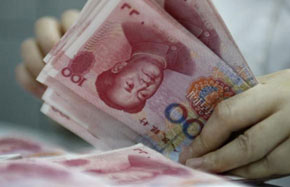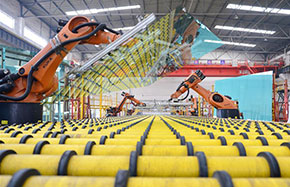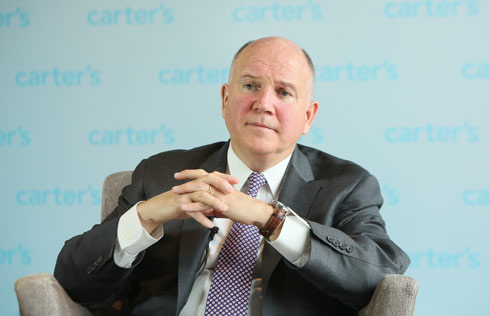China will not fall into middle income trap: Official
BEIJING — The Chinese economy enjoys bright prospects and will not fall into the middle income trap, a senior official with China's top economic policy-making office said Thursday.
"Positive changes are taking place in China's economic development, and the economic fundamentals are sound," Yang Weimin, deputy head of the Office of the Central Leading Group on Finance and Economic Affairs told a press conference.
In the first half of 2017, China's economy has been in stable operation, with the quality and efficiency of growth both being further enhanced, said Yang, noting progress in country's economic structural adjustment.
Consumption, investment and exports posted more balanced increases, with consumption contributing 63.4 percent to GDP growth in the first half, he said.
Yang also cited other positive signs including relatively fast growth of the service sector and structural improvement in the industrial sector.
The Chinese economy continued steady expansion in the first half of this year with GDP up 6.9 percent year-on-year, official data showed.
The middle income trap occurs when a country's growth plateaus and eventually stagnates after reaching middle income levels. China became a middle-income country in 2012 after its per capita GDP exceeded $5,000, according to the National Statistics Bureau.
Cong Liang, an official with National Development and Reform Commission, particularly noted that all the positive changes in the economy took place amid the ongoing structural improvement.
"Rather than adopting large-scale stimulus as most western nations did, we have been pushing forward mass entrepreneurship and innovation to fuel the real economy, and prompting steady growth by restructuring and transformation of capacities," Cong told the press conference.
In the first half of 2017, newly registered companies surged to 2.91 million nationwide, up 11.1 percent on a year-on-year basis, official data showed.
However, Yang said despite sound growth, China's economic structural adjustment and supply-side structural reform remain an unfinished task and "a challenging process."
There are still long-standing issues such as prevention of financial risks and rising production cost for enterprises, and the uncertainties of the world economic outlook will also have impacts on China's growth despite a global recovery, he said.



















